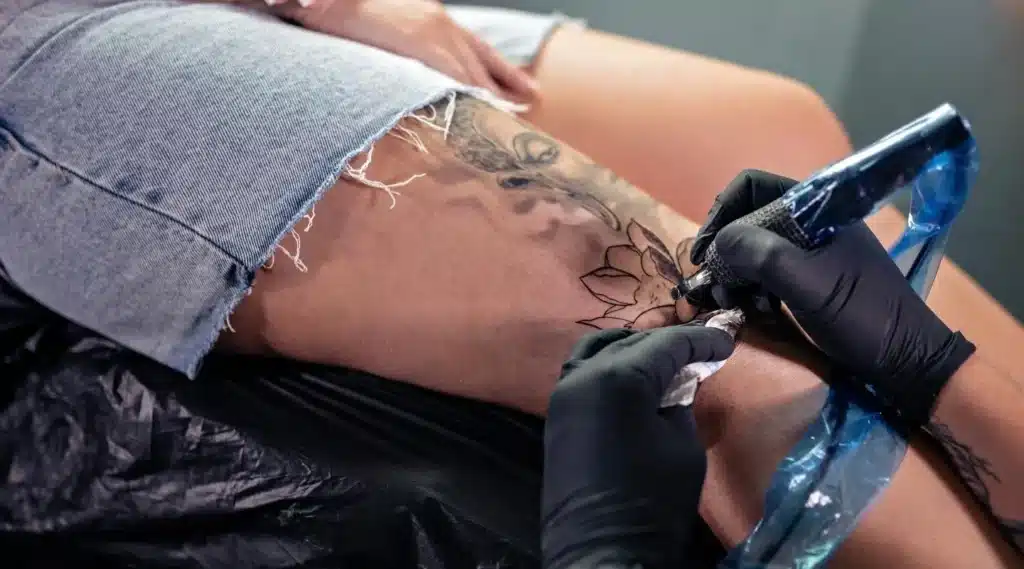Thinking about getting yourself a new tattoo but still don’t know what part of the body you want it on? Perhaps you’re worried how painful your chosen location might be!
Well, worry not, with our tattoo pain guide we will tell you everything you need to know about where do tattoos hurts and why. Let’s dive in.
How Does Tattooing Work
Unlike early tattooing methods that involved tapping ink into the skin with things such as bone, tusk, wood, or metal into the skin with primitive tools, modern tattooing has evolved to be a less painful experience and is more save.
While some artists keep traditional methods alive, like with modern takes on hand-poked tattoos, tattoo artists today usually use a modern version of the tattoo machine invented by Samuel O’Reilly.
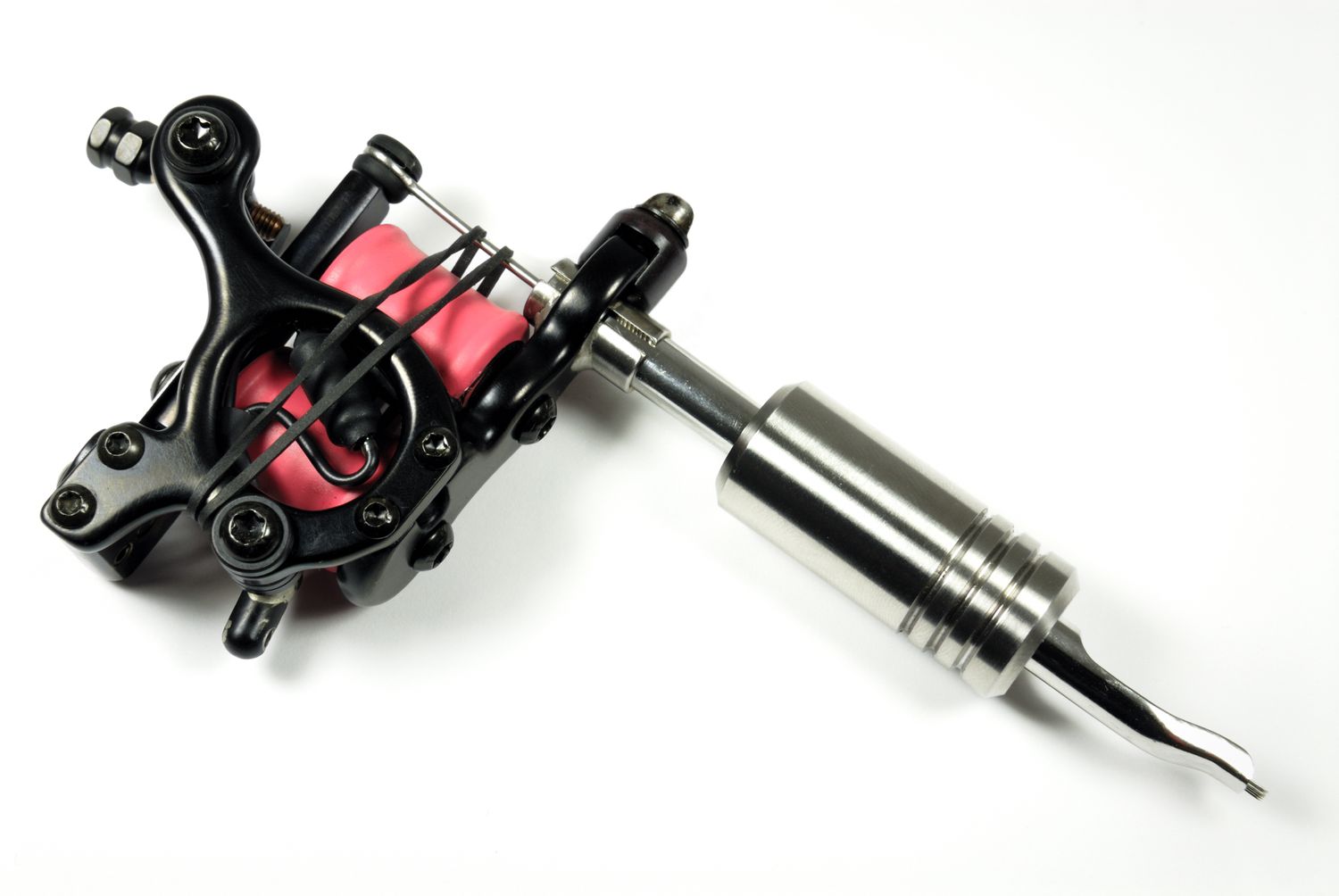
Photo credit: thoughtco.com
This machine has a needle that is dipped into ink that rapidly punctures and vibrates in and out of the skin, typically a few thousand times per minute, depositing the ink into the dermis, the second layer of skin.
‘Where do tattoos hurt’ is determined by which area of the body you are getting tattooed that has the most or least amounts of fat, nerve endings, and thick skin.
A rule of thumb is that the more fat and the thicker the skin you have on a certain area, the less likely it is to hurt.
Our graph below is a great representation of where tattoos hurt.
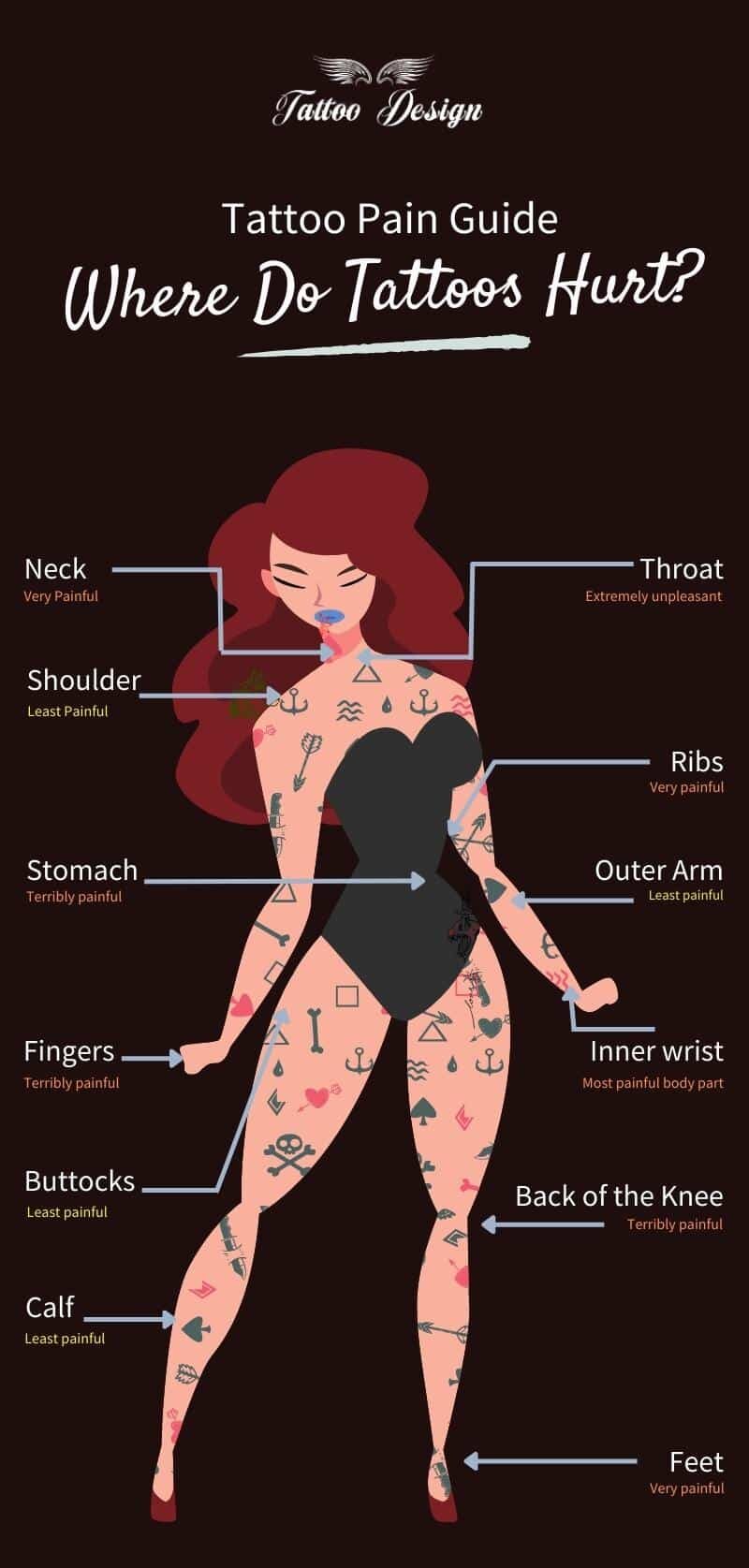
The head, armpit, and Eye Tattoos are also considered extremely painful, with eyeball tattoos being considered extremely dangerous and not recommended.
Factors That Determine Where Do Tattoos Hurt
As stated already, location is one of the most important things to consider when getting tattooed.
However, there can be other reasons beyond location that can also determine how painful your tattooing experience might be, so let's examine those reasons.
Tattoo Size
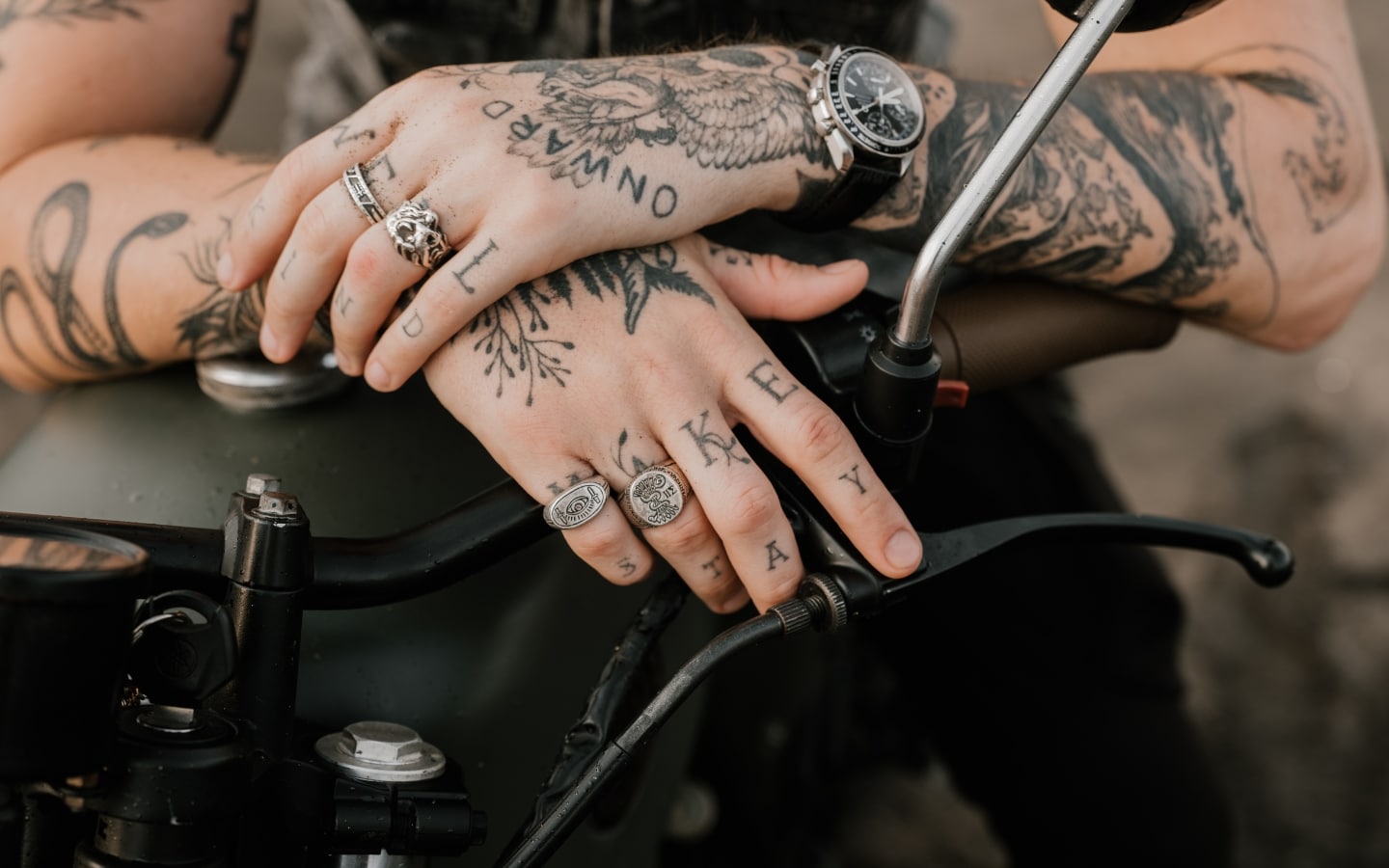
The overall size and complexity of your tattoo can determine how painful your experience will be.
The longer you’re on the table, the longer you are exposed to the tattoo needle, which can worsen your pain.
Complex designs also need certain parts of the skin to be gone over again to add coloring, shading, and extra detailing that makes the skin suffer repeated trauma worsening pain.
Artists Techniques
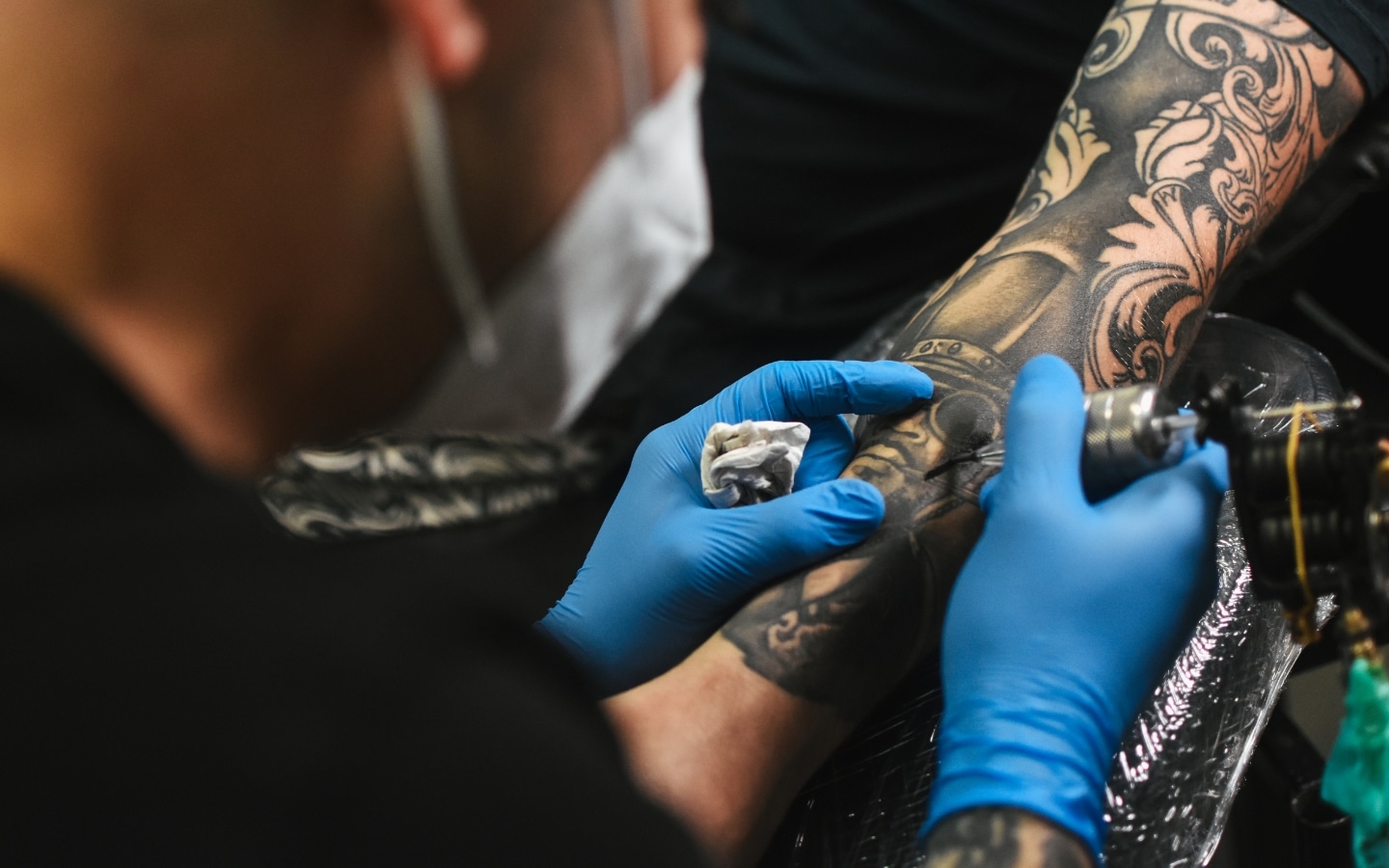
When asking the question, ‘Where do tattoos hurt? ' one possibility that people may not consider is their tattoo artist's skill level or technique.
While we would certainly hope your tattoo artist has the training and experience needed, there is still a chance that even with the appropriate training and experience, your tattoo artist's technique might be too heavy-handed for your tastes.
Some artists might use techniques that are considered more painful to their clients, such as speed and pressure, but their techniques when it comes to coloring and shading will play a huge role in your pain experience.
If your tattoo artist uses a technique that requires him/her to go over the same spots multiple times, it is going to come at a cost to your pain threshold.
Skin Condition
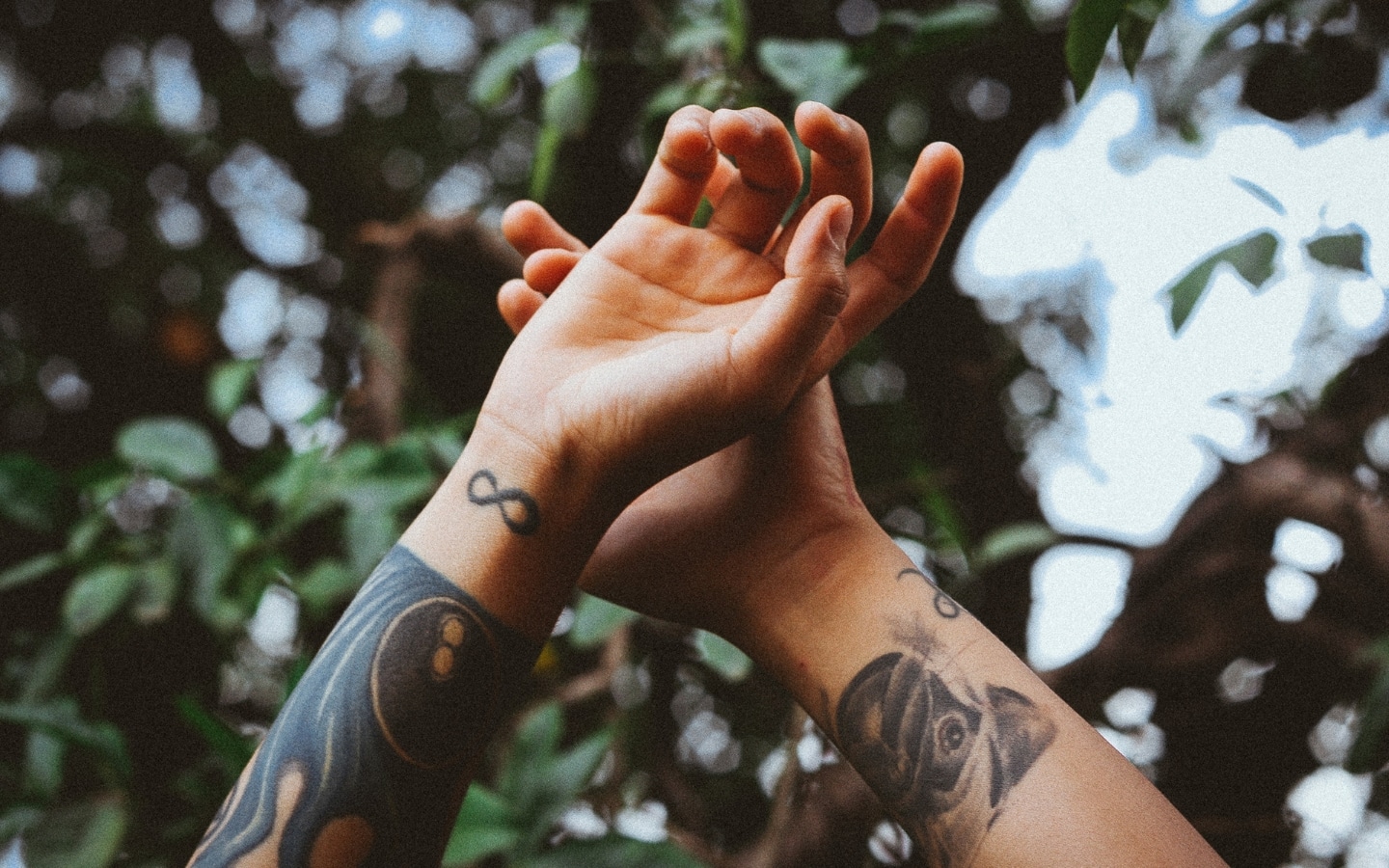
Your skin condition can be a determining factor when it comes to ‘where do tattoos hurt?’
If you are tired, sick, or if your skin is irritated or sunburned, you will experience more pain.
It’s important that before getting your tattoo, you make sure you’re in good overall health and have well-hydrated skin, as this can help minimize discomfort.
Anesthetics
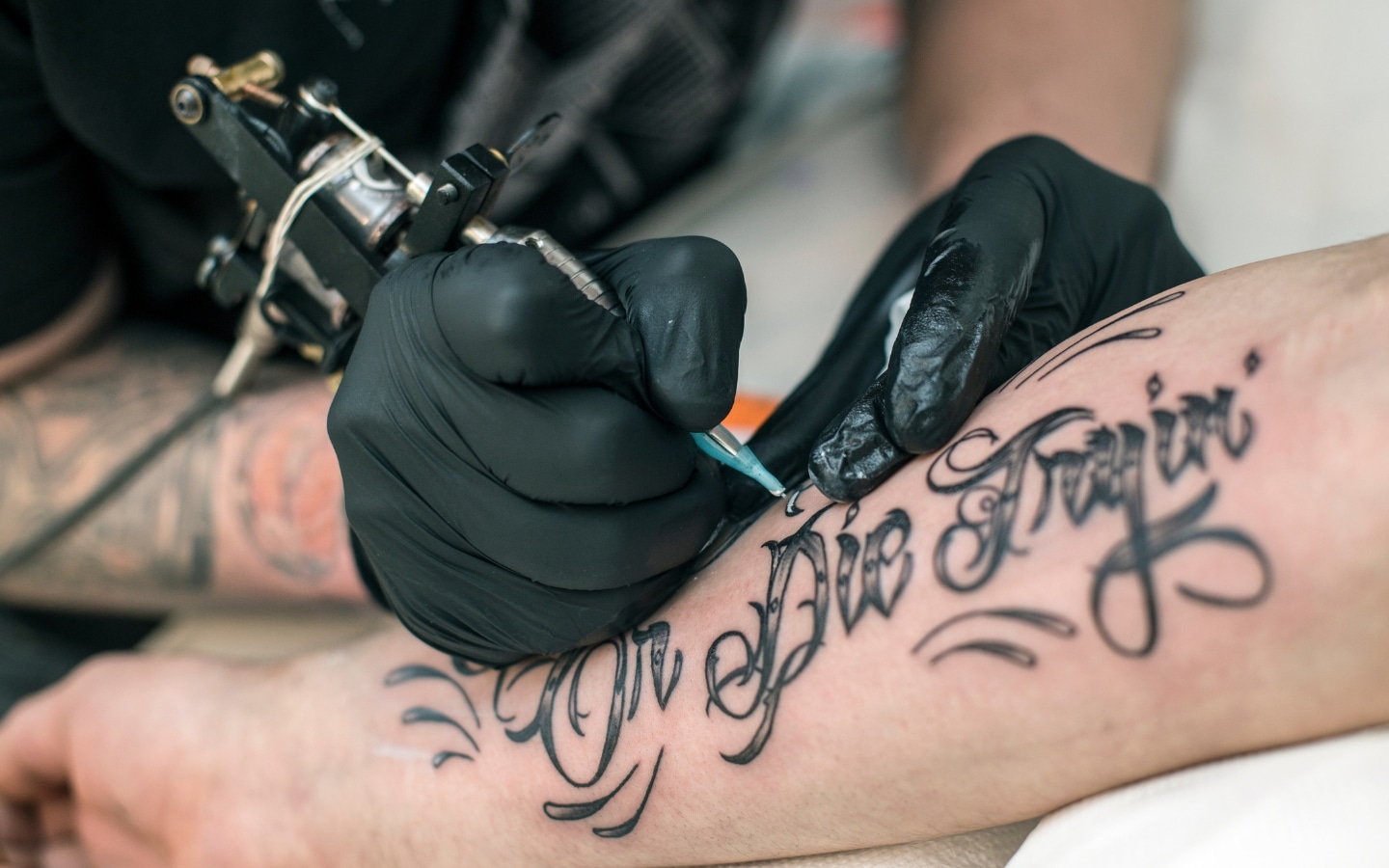
The use of anesthetics can also directly affect whether your tattoo procedure hurts.
These creams can be effective at numbing the skin surface, reducing pain from the initial needle punctures.
However, these creams never eliminate pain completely, especially for deeper or more prolonged needlework.
There is also a debate among tattoo artists about the impact of anesthetics on the tattooing process.
Some argue that anesthetics can cause the skin to become more elastic or slippery, which might affect the ease of ink application and the healing process.
However, others claim to not notice significant differences and use them regularly to increase client comfort.
It is also important to note that some anesthetics may cause side effects such as redness and swelling, and it’s possible to even cause allergic reactions.
Thanks to the placebo effect, numbing agents can provide psychological comfort and reduce anxiety about the tattoo process, which might make the experience more tolerable.
Remember to speak to your tattoo artist before undergoing any tattooing procedure to discuss the use of anesthetics to avoid potential side effects.
Laser Tattoo Removal can also be a painful experience. However, there are other tattoo removal methods as you don’t need to remove the tattoo and instead can cover it up with another tattoo.
What Type Of Pain To Expect
Fear of pain can cause some people to be turned off from getting a tattoo, but the fear of the unknown is what I believe to be the real issue.
Tattooing is always going to come with some level of pain or discomfort. Even seasoned veterans will admit that, at minimum, sitting in a chair for a prolonged period of time can be uncomfortable.
Knowing what to expect can give people the peace of mind that getting a tattoo isn’t going to be as painful as their mind is tricking them into believing it is.
So let’s take a look at what to expect, and why it isn’t anywhere near as bad as you might be convincing yourself it is.
Sharp or Stinging Pain
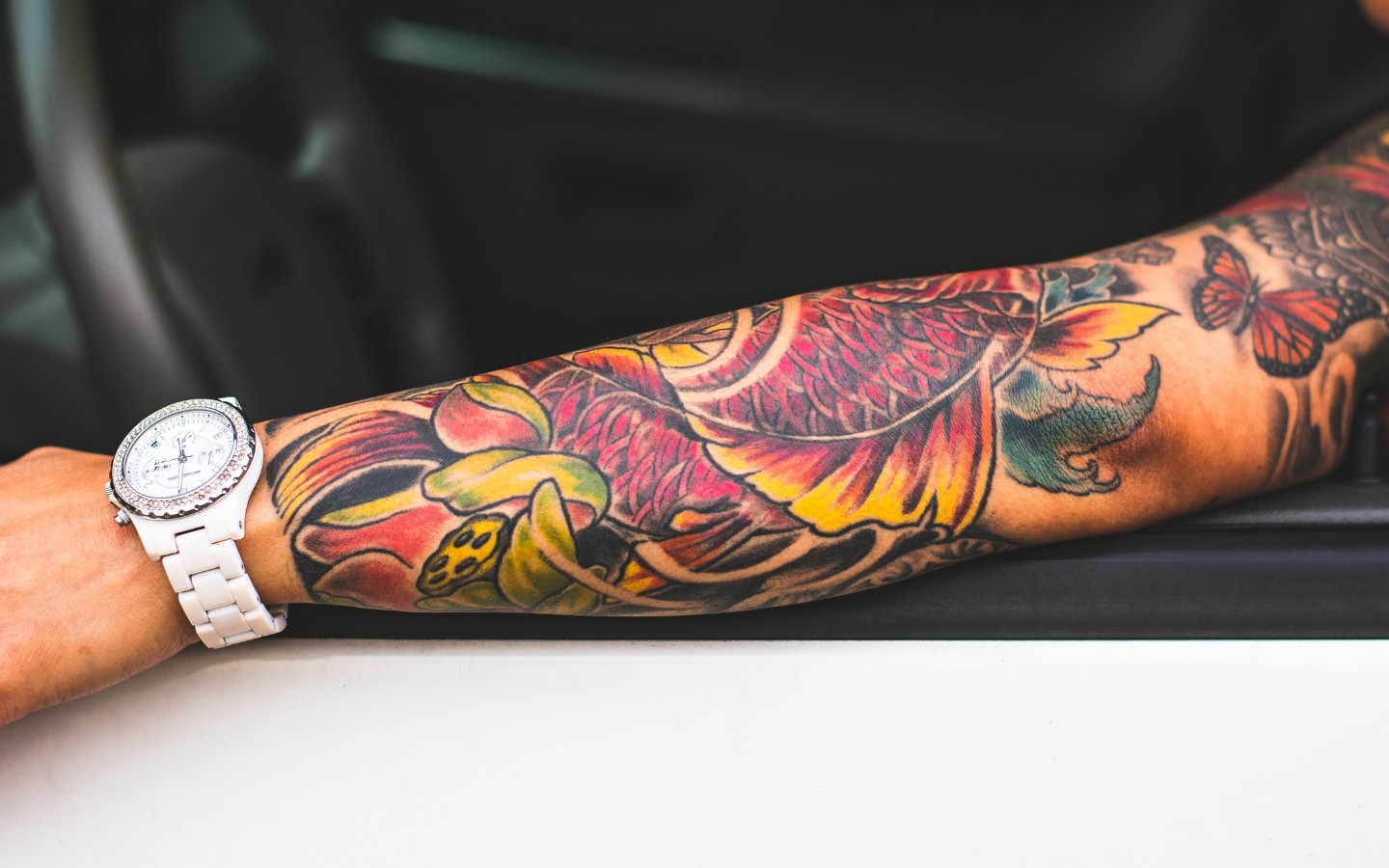
The sharp and stinging pain is the most common pain to experience when getting tattooed.
This happens when the needle penetrates the skin that is close to bones or with skin with less flesh.
This pain is often described as a sharp poking sensation and is typically felt at the beginning of the tattooing session.
Burning Pain
When your tattoo artist works on the same area for a while, your skin can start to feel a burning sensation.
This happens due to the friction of the needle against your skin and the heat generated from the tattoo machine's movement.
Vibrating Pain
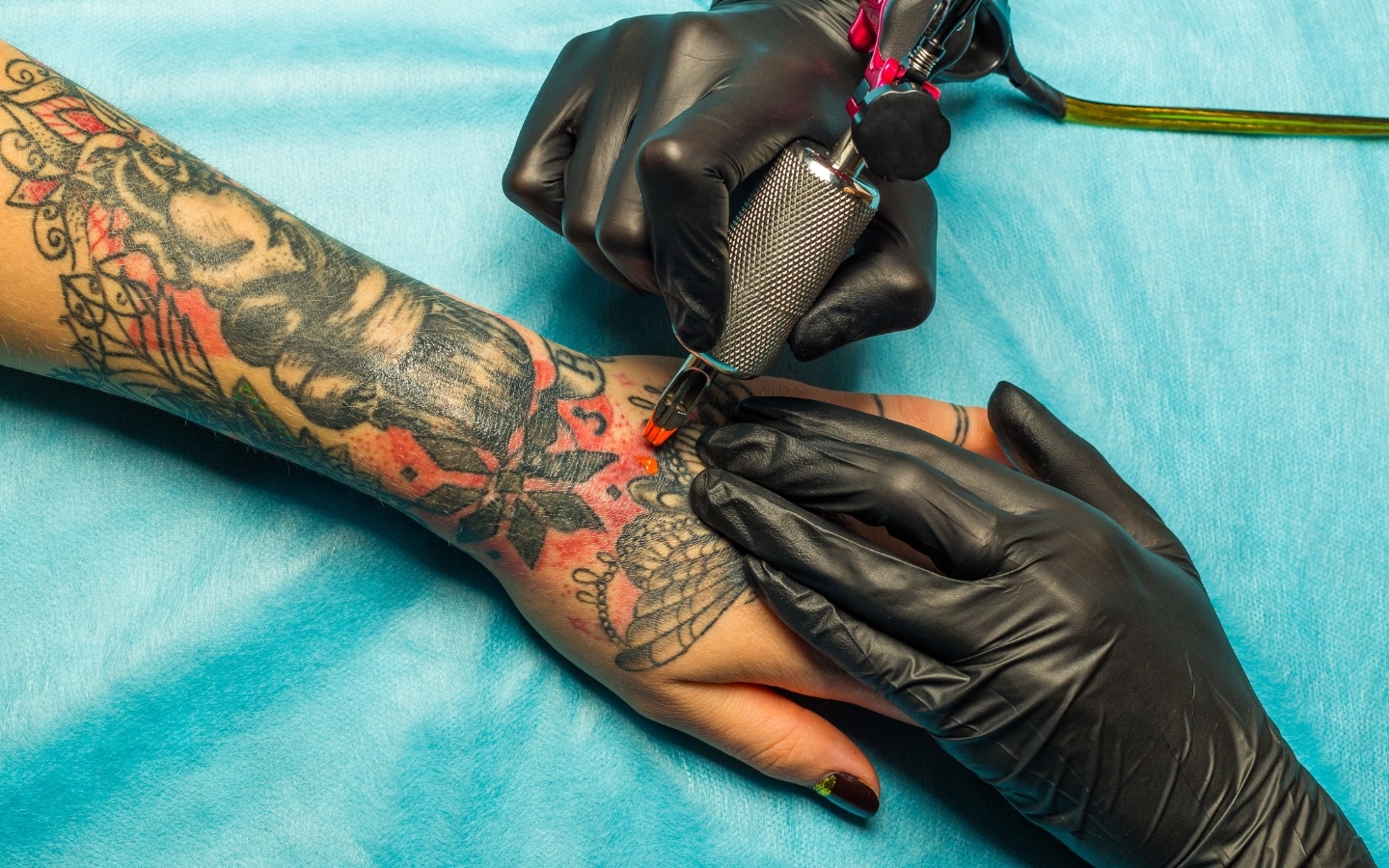
When getting tattoos directly over bones such as the spine, ribs, and sternum, you’re going to experience a vibrating sensation as the force of the needle impacts onto the bones.
Dull, Aching Pain
After the initial sharp pain, as your tattoo session progresses, you’ll begin to feel a deeper, more aching pain.
This is down to the cumulative effect of the needle’s repeated punctures into the skin, which can cause swelling and discomfort.
Scratching Pain
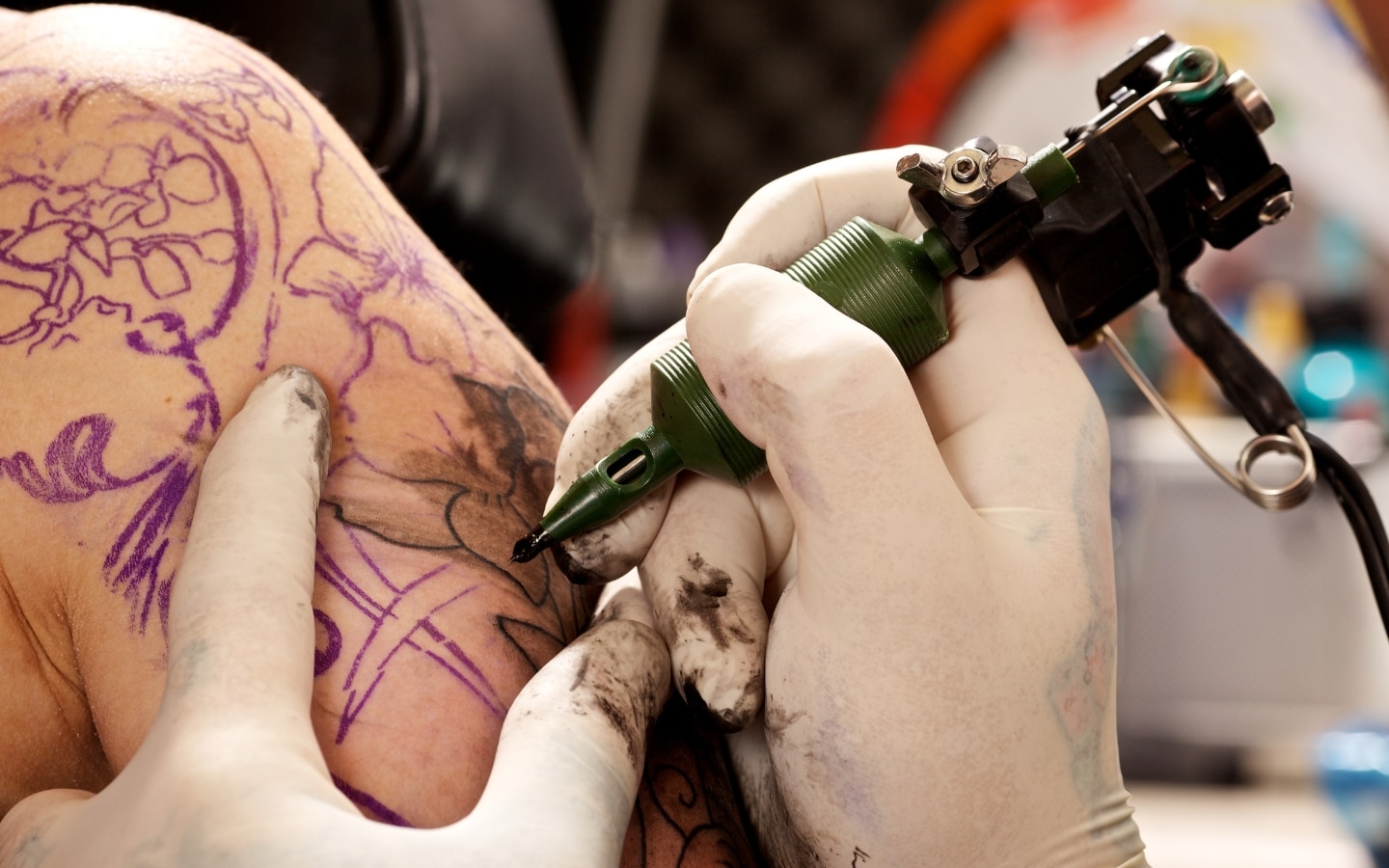
Sometimes, you might feel discomfort similar to a cat scratching repeatedly over the same area.
This type of pain is usually more tolerable and is characterized by a superficial, irritating sensation.
Throbbing Pain
Your skin will start to swell during the tattooing process. During this time you might feel a throbbing pain, which will continue to be uncomfortable for some time, even after the tattooing process has ceased.
Numbing Pain
During long tattoo sessions, the pain you feel might become more numb, or you might even stop feeling it as sharply.
The area you are getting tattooed may start to feel numb due to the overstimulation of your nerve endings.
How To Reduce Pain During The Tattooing Procedure
As you can see, the pain suffered during the tattoo procedure isn’t anything to be afraid of.
However, while the pain isn’t so bad, you can always adopt some techniques to make the process more comfortable that don’t involve the tattoo location or anesthetic.
Remember, you don’t have to prove your pain tolerance when getting a tattoo to anyone, so let’s take a look at some techniques to make your tattooing journey more comfortable.
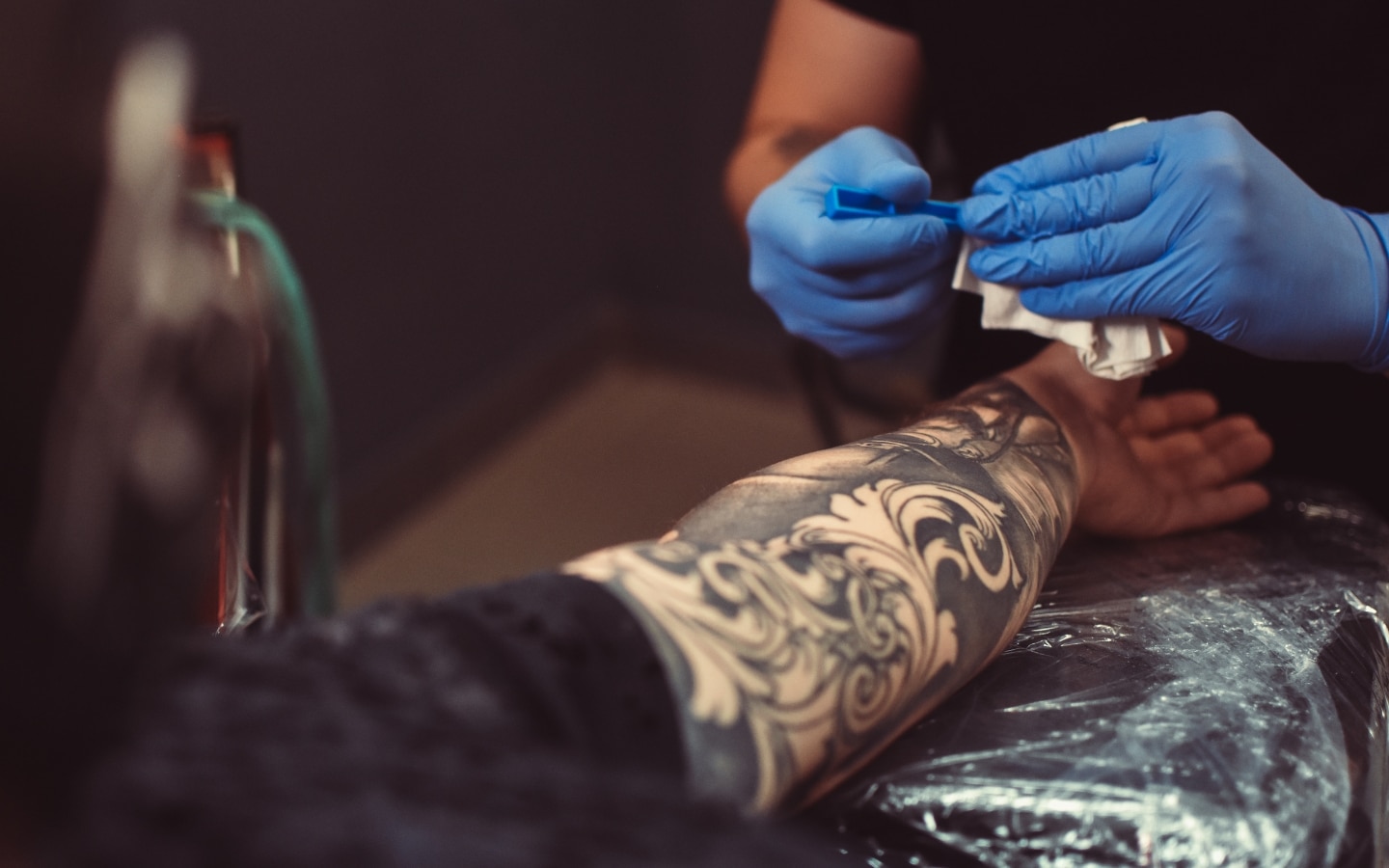
Stay Hydrated
With your skin properly hydrated, you’ll be able to tolerate the tattooing needle better, making the process less painful.
As a tip to make your time more pleasurable, make sure to drink plenty of water before and during the process.
Get A Good Night's Sleep
Probably an underappreciated tip is to be well rested before undergoing the needle.
Fatigue can lower your pain threshold making your tattoo session more uncomfortable. Also, consider the time of day you’re scheduling your session.
You don’t want to have to sit through a long tattooing process after a gruelling day at work, or after a long night out.
Eat Plenty
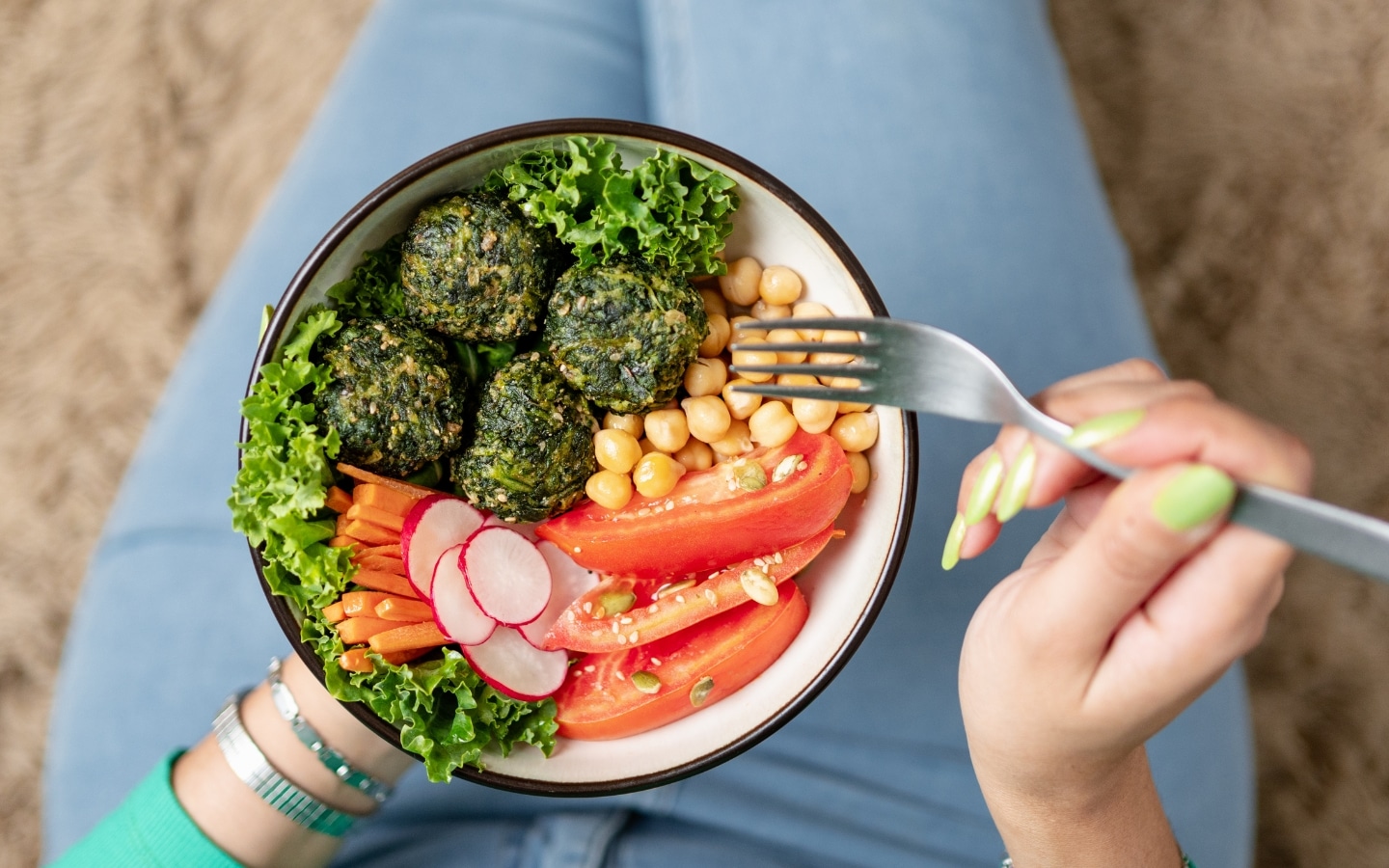
Having a meal before your tattoo session can help stabilize your blood sugar levels.
Having low blood sugar can increase sensitivity to pain and even lead to dizziness or fainting during the session.
Some tattoo parlors will have some treats for you to try and keep your blood sugars up, so take it if necessary, but remember to bring your own if they don't have any or if you aren’t sure.
Avoid Alcohol and Caffeine
Alcohol thins your blood, which will lead to increased bleeding and sensitivity.
Caffeine on the other hand can heighten your sensitivity to pain, so it's best to avoid these two before your tattoo appointment. I’ve also known people to go to a session drunk to calm their nerves.
A professional tattoo parlor will never accept a drunken client due to liability concerns and the safety of everyone in the clinic, so never come to your session drunk.
Deep Breathing And Distractions

For those prone to anxiety, practicing deep breathing is an effective way to keep your mind at ease and reduce pain when getting tattooed.
Distracting yourself is also another effective method for peace of mind so listening to music, playing games (if your hands are free), watching TV, or chatting with your tattoo artist (if they're open to conversation) can help take your mind off the pain.
Conclusion
As you can see, while tattooing can be painful, there are many ways to help reduce the discomfort, leading to a more pleasurable experience.
Location, anesthetic, artist skill level, and your own personal health and condition are all key factors that determine pain tolerance.
So, keep all these things in mind before you book a tattoo session.
And if you’re, worried about the safety of getting a tattoo, check our article on the risks of tattooing, need help identifying a safe tattoo parlor or if you’re interested in learning about some tattooing history, check out our article on tattooing royalty Sailor Jerry Collins.
- Kristen Bell Tattoos - July 15, 2024
- Risks of Tattooing - July 3, 2024
- Early Tattooing Methods - June 22, 2024

